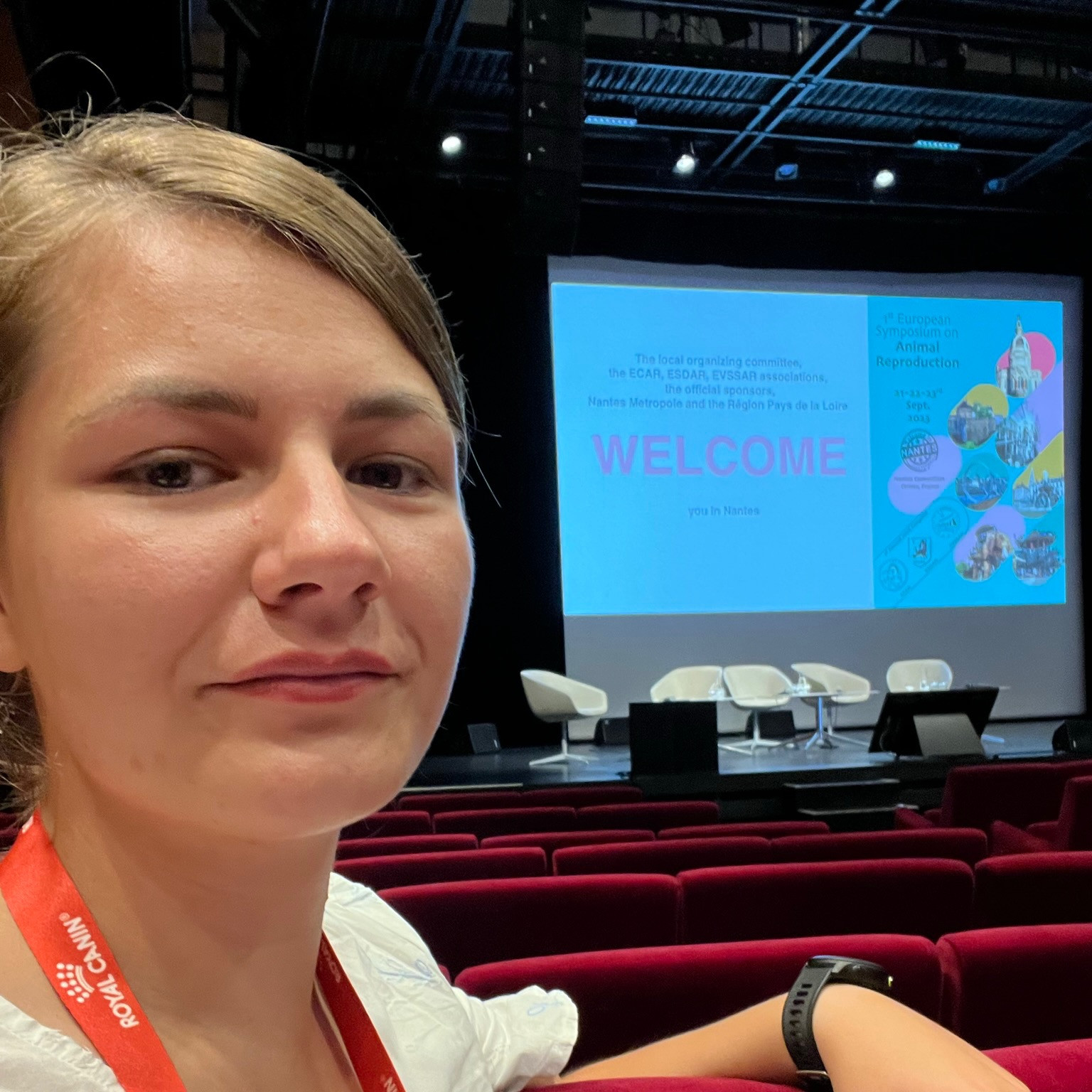
Asistent, University of Sarajevo
Polje Istraživanja: Veterinary medicine
Case summary A 2-year-old domestic longhair crossbred female cat was referred for a second opinion on a non-healing surgical wound after left eye enucleation. In addition to the left orbital lesion, ulcerative granular masses protruding from the left nostril and on the base of the left ear were noted. A diagnosis of cryptococcosis was established using histopathological examination and a latex cryptococcal antigen agglutination test. The cat was successfully treated with itraconazole. Relevance and novel information Cryptococcosis, commonly reported in Australia, western Canada and the western USA, is rarely reported in companion animals in Europe. This marks the first report of cryptococcosis in cats in Bosnia and Herzegovina, emphasising the need to raise awareness within the veterinary community, both local and regional, about this disease.
Case summary A 1-year-old domestic shorthair queen with five neonates was referred for umbilical cord entwinement in three kittens 24 h after parturition. The owner noticed the kittens were stuck to each other 3 h before admission. Despite a conservative treatment approach, prolonged ischaemia led to dry gangrenous changes in one of the kitten’s metatarsi. Relevance and novel information This and other neonatal complications in cats are rarely reported. Primiparity is a known factor contributing to postpartum complications. Furthermore, inexperienced owners require more assistance in mitigating these challenges. Therefore, further research and collaboration among breeders, owners and veterinary professionals are imperative in order to accurately determine the prevalence of this condition in kittens and develop effective strategies to address it.
Food contaminated with bacterial pathogens is a great threat to human health and food spoilage, having an impact on public health and the food industry. Research in food safety seeks to develop a practical, rapid, and sensitive detection technique for food-borne pathogens. In the past few decades, real-time quantitative polymerase chain reaction (qPCR) has been developed, and multiplex qPCR is a preferred feature. Multiplex qPCR enables the simultaneous amplification of many targets of interest in one reaction by using more than one pair of primers. In this study, we have developed and evaluated a hydrolysis (TaqMan) probe-based system for simultaneous detection of eight of the most common food-borne pathogens in a single-step procedure by multiplex qPCR. A multicolor combinational probe coding (MCPC) strategy was utilized that allows multiple fluorophores to label different probes in combinatorial manner. This strategy enabled simultaneous detection, identification, and quantification of targeted genes. The efficiency of the individual qPCR reactions for each target gene had values comparable to those established for multiplex qPCR, with detection limits of approximately < 10 copies of DNA per reaction. Pathogen load helps to predict bacteriological quality status in food products and serves to validate the efficiency of procedures to minimize or eliminate their presence, so newly developed multiplex qPCR was quantitative for each pathogen. During sample preparation, a step to concentrate the target organism from a relatively large sample size, remove all potential PCR inhibitors, and yield samples in a volume suitable for qPCR was incorporated.
Ova stranica koristi kolačiće da bi vam pružila najbolje iskustvo
Saznaj više